
“As soon as we stand on our feet / we started to migrate through the savanna,” Uruguayan artist Jorge Drexler sings in his song ‘Movimiento,’ from his album Salvavidas de Hielo. With these words, the singer reminds us that migration is as old has human history. But what makes us move? Why do we always “look at the river and think about the other stream,” as Drexler would say.
In Guanacaste there is a large number of migrants that come in droves escaping harsh winters, shrinking economies or violence in their homelands. Human beings aren’t that different from the animal kingdom behaviour of traversing the world without regard for distance in search of a better life.
But the motivations that bring migrants are as different as the cities they leave. Climate is one of the many reasons that attracts people from all over the world to our province and never lets them go. “Seeing where the food you eat grows” and “permanent contact with nature” are just some of their favorite excuses.
According to the 2017 Costa Rica Diagnostic Migratory Context Report by the Department of Immigration, migrants make up about 10 percent of the country’s population. Some 490,000 people who arrived randomly or with the conviction to stay are scattered throughout the national territory. Along the coasts of Bajura or in the orange groves of the highlands, many of them have found opportunities to recreate their lives. These are their stories.
Amina
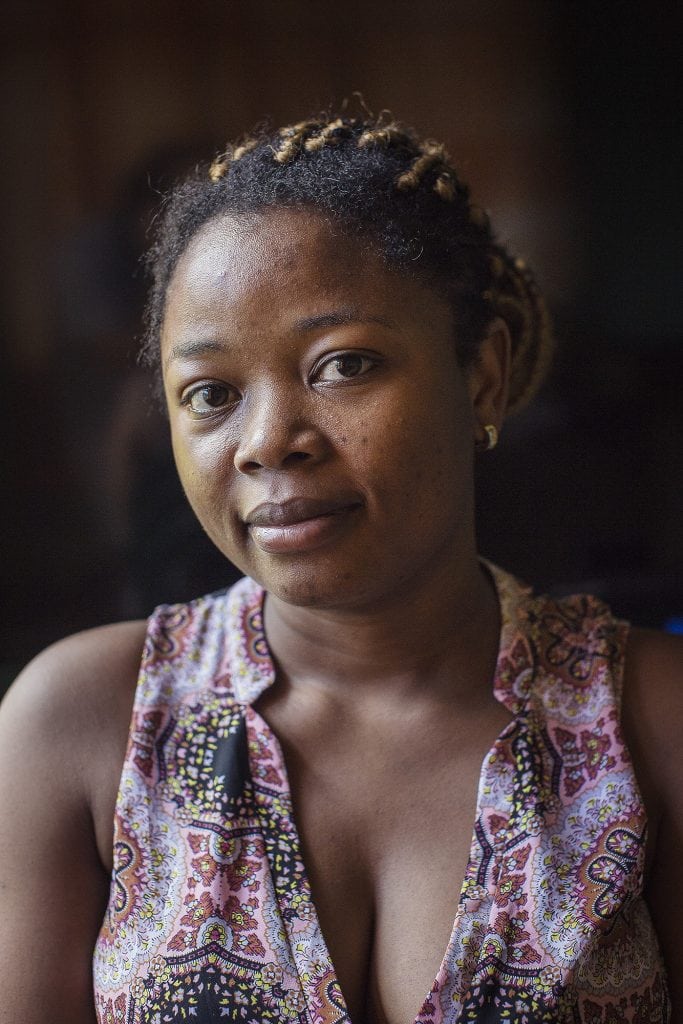
Amina Briceño Giwa (31) – Lagos (Nigeria)Photo: César Arroyo
I really miss the food and my family, but the culture stays alive here because it lives inside of me and it’s never going to leave.”
When Amina Briceño Giwa came from Nigeria with her Costa Rican husband Carlos Briceño, neither of them thought about staying to live in Guanacaste, where his family lives. But the political and economic problems that emerged in Nigeria forced them to change their plans and stay here and work.
Amina used to speak only English and Spanish with her oldest daughter Ifeoluwa, who is four years old. But Ifeoluwa surprises her family at times with a word in Hausa or Yoruba. Amina talks about it as if it were nothing. In her country, the seventh most populated in the world, around 500 languages are spoken.
She says that she hopes to soon begin working in her profession of aquaculture and that, for now, she is happy in Costa Rica, although she would one day like to make the 27-hour trip back to her country.
Outside her house in La Cruz, the backyard is full of African plants that sprouted from the seeds they brought with them from Nigeria.
Charly
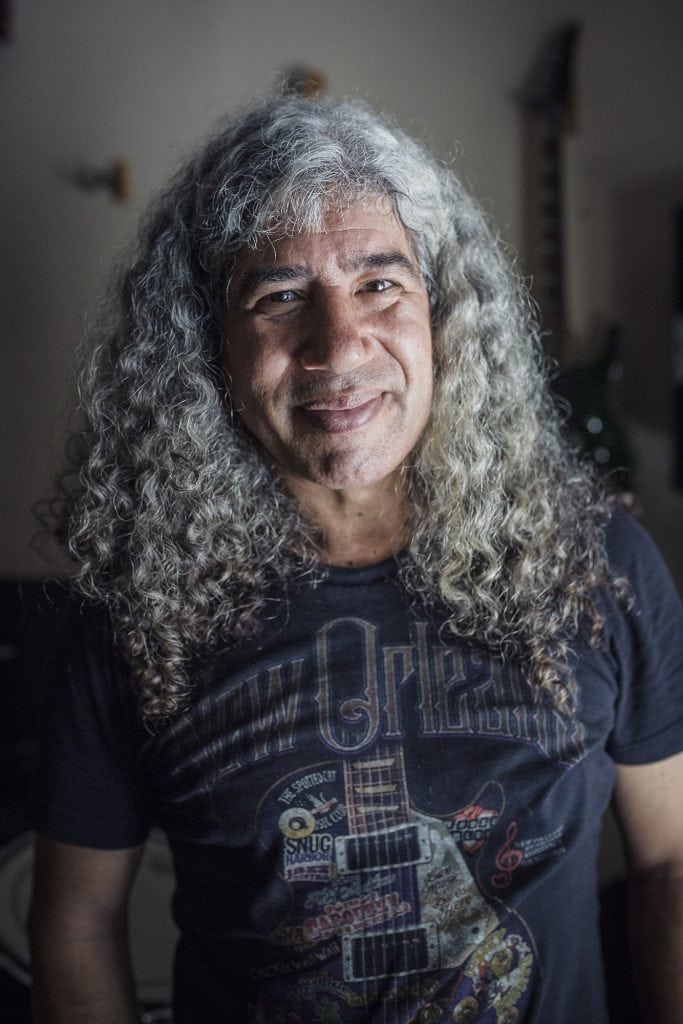
Charly López (54) – Montevideo (Uruguay)Photo: César Arroyo
Guanacaste is different from the rest of Costa Rica, starting with its energy. There is a different vibe here. The climate is different, and the people are too.”
In 1992, Charly López played in heavy metal band Alvacast and thrashed his long, thick hair in front of hundreds of people in Montevideo. He says things were going well. They played on radio, television and they went on tour in Argentina and Chile and decided to try their luck in Canada.
He spent 13 winters there until he could no longer take it, so he came to Santa Cruz to try his luck and “live outdoors as much as possible.” He is one of more than 200,000 Latin American transplants that lived in Costa Rica in 2005. Today, that number is almost double.
With the same music and long hair as in 1992, though now with streaks of grey, he barhops playing music along the coast at night. He goes out alone, with one of his 13 guitars or with his band and alternates between cover songs and original music.
The question of whether or not he would return to Uruguay fills him with bohemian wisdom and, as if he were reading lyrics from 1980s rock music, he says, “I’m not from anywhere. I’m a tourist here and a tourist in my country. I’m from everywhere at the same time.”
Michelle
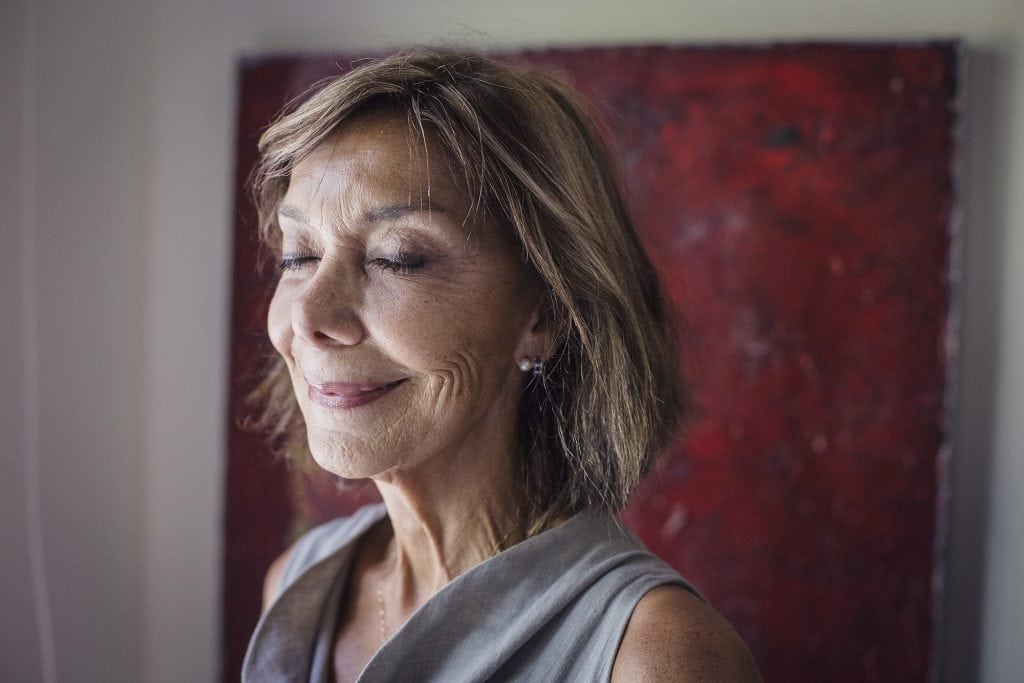
Michele Savard (73) – Québec (Canadá)Photo: César Arroyo
Now I can do whatever I want. I feel younger here than in Canada because I feel free.”
Plastic artist Michele Savart and her husband Pierre Thèriault left Quebec, the only city in North America with a fortification wall, to find complete freedom in Guanacaste.
The paintings that Michele used to paint five years ago didn’t have those intense tropical colors. They were abstracts inspired by fall tones. They are scenes that she misses, but at the same times says that, in retirement, winters automatically turn you “into a baby” because you have to walk carefully, holding on to whatever you can so you don’t fall.
“Many of my friends have fallen and broken their hips. They get old very fast and end up locking themselves in the house for fear of going for walks outside.” This is reason enough for many North Americans to come and spend their retirement years in Costa Rica. The number of North Americans living here has almost tripled in the last ten years, growing from 9,000 to 24,000 residents, according to Immigration.
Before retiring in Costa Rica, Michele told Pierre an incalculable number of times that she wanted to learn to paint. “He told me, ‘Stop saying it and do it,’” she says as her laugh bounces off the walls that are lined with oil paintings like an art gallery.
Nina
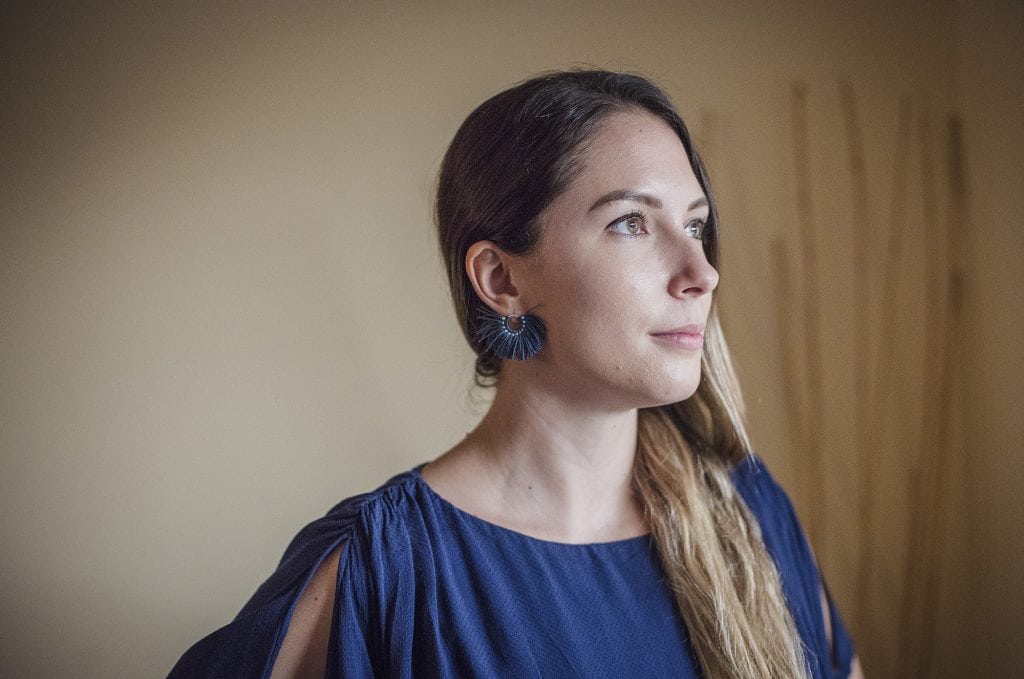
Nina Horakova (28) – Bratislava (Eslovaquia)Photo: César Arroyo
If I were to return to Slovakia, I think I would leave a part of me here.”
Nina Horakova used to quickly write down everything her professor would say without understanding a single word. She would arrive home and translate it with an enormous Spanish-Slovak dictionary from 1980.
Her mother, in love with a man from Sardinal, decided to come in 2003 from Trnava, a region close to Slovakia’s capital city of Bratislava and remake a new life in Guanacaste.
“The cultural difference is abysmal,” she says sitting on a sofa in her apartment in Playas del Coco, where she now lives and works as an architect. The number of Europeans like Nina who have come to live in the country grew from almost 9,000 to 19,000 in the last 10 years.
Because of her profession, she says she misses the dynamic of large cities, but she hates the European social pressures to always dress your best
“I learned to be less of a consumerist in Guanacaste. Here, no one judges you if you dress fashionably or not.”
The Schuables
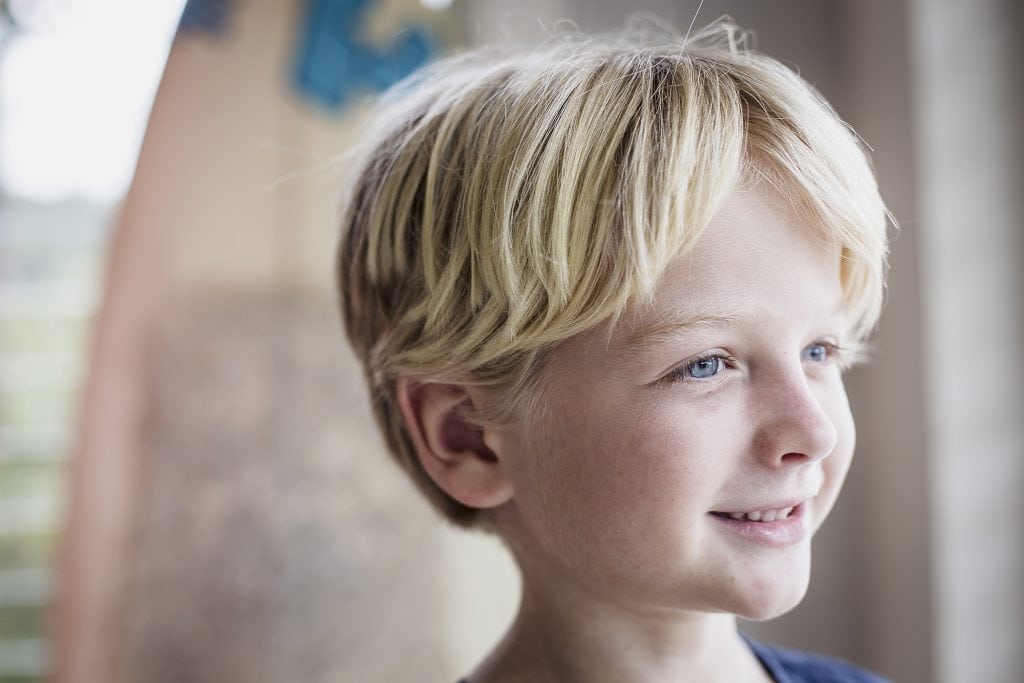
Gilbert Schuable (7) – Melbourne (Australia)Photo: César Arroyo
— ”What do you like most about Guanacaste?”
— “The waves!”
Simon and Jessica Schuable ask their three children what made them stay in Guanacaste and they all respond the same thing. The waves! There are surfboards and skateboards all over their house.
Their vacation destination quickly became a place to live. Jessica made the 34-hour trip back to Melbourne just to pack her things and bring it to Nosara..
“This part of the world is a mystery for many people in Australia,” Simon says. And he may be right. Until a few years ago, there were fewer than 300 migrants like them from Oceania.
And they want it to stay that way. “A short while ago I heard a sportscaster on Australian radio talking about his family vacation to Costa Rica and I screamed, ‘Don’t say it on the radio!’”
David
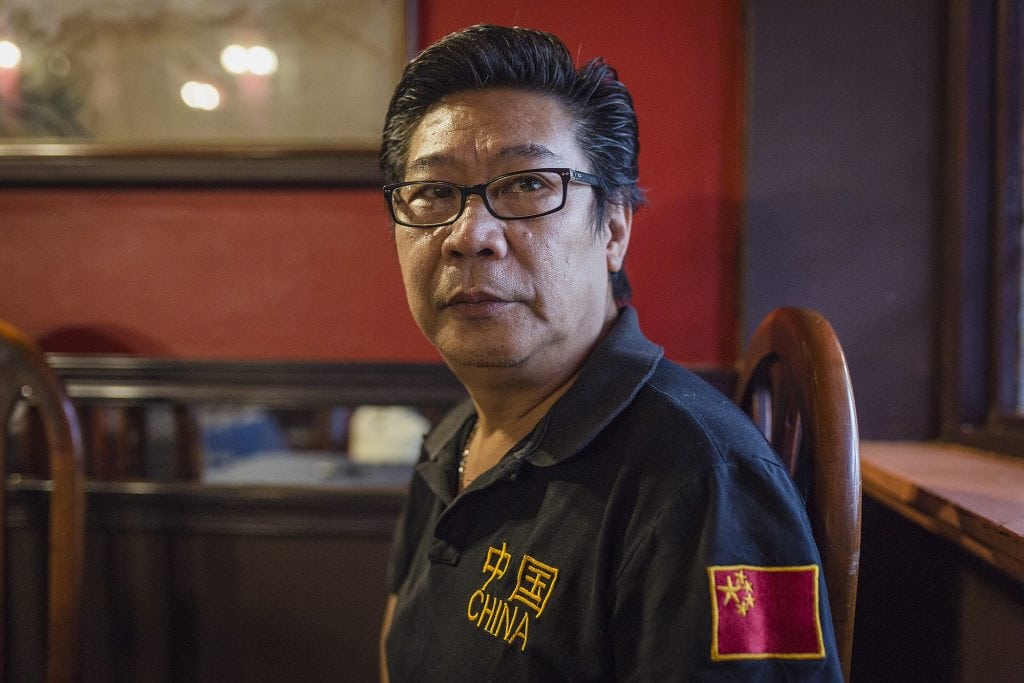
David Fong (59) – Hong Kong (China)Photo: César Arroyo
When I got off the plane I felt blind, deaf and mute. It was like being born again.”
“How does it feel to start kindergarten at age 10,” asks David Fong in his Chinese food restaurant in downtown Nicoya. “Humiliating,” he says.
His father brought him from Hong Kong to Costa Rica in 1969 and a couple years later to Santa Rosa de Santa Cruz where they used to have a grocery store.
“I have gone back many times, but not because I miss it. China has changed a lot, my home is here now.” says David as he takes his phone out to show me what keeps him so far away from his birthland.
A video recorded from Chinese TV talks about Costa Rica as the happiest country in the world and shows images of sloths and the daily chaos in San Jose.
“I can’t complain. I go frequently to Santa Cruz or Nandayure and people receive me as if I were just another Tico. I always say that I was born in China but am Tico at heart. I feel like any other Guanacastecan.”



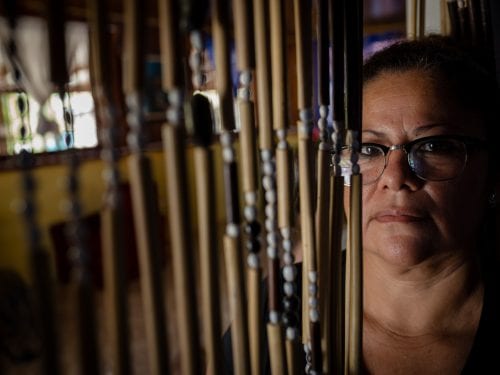
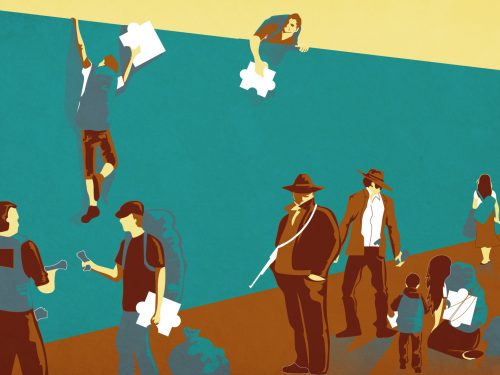
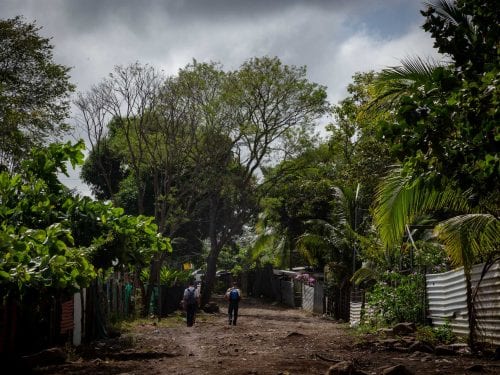

Comments